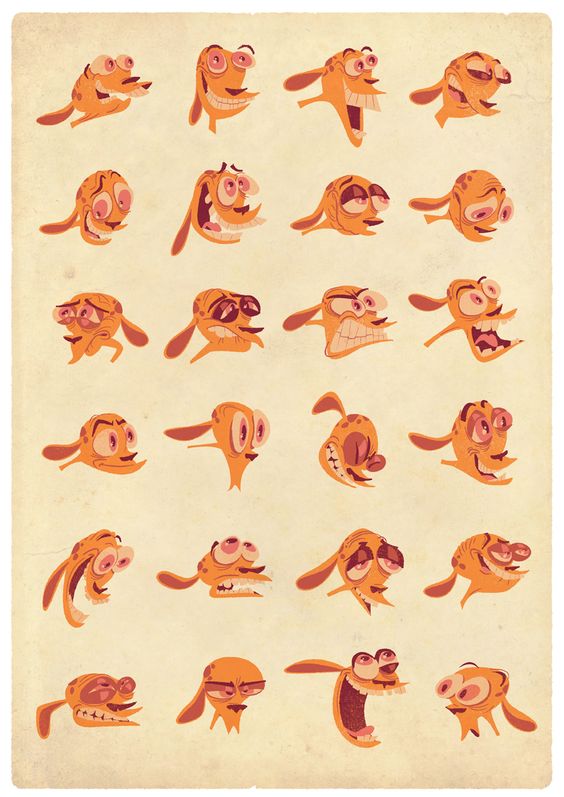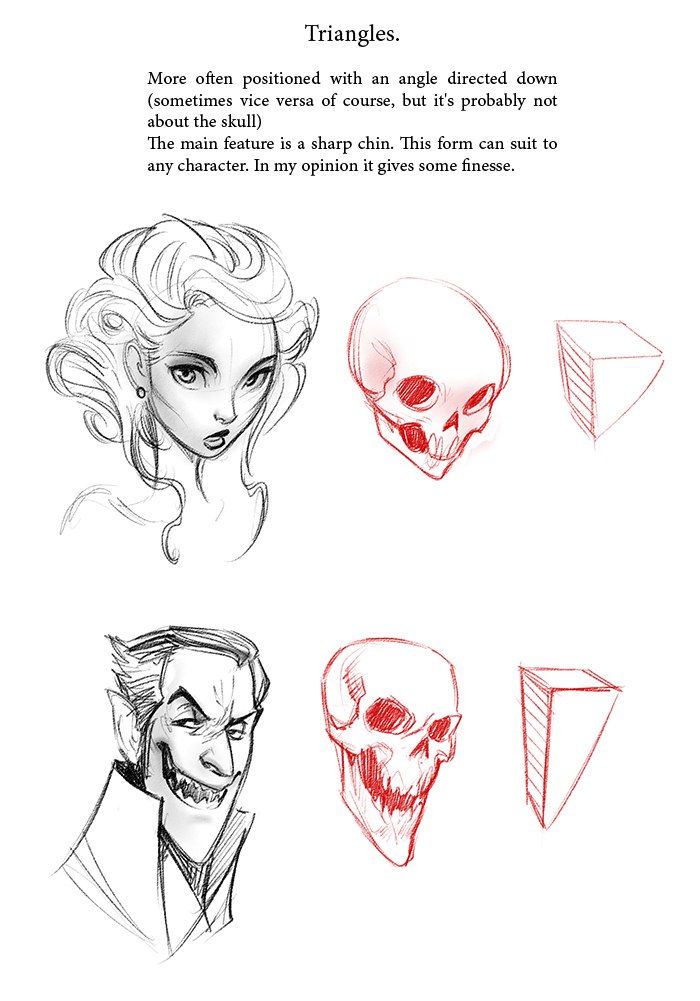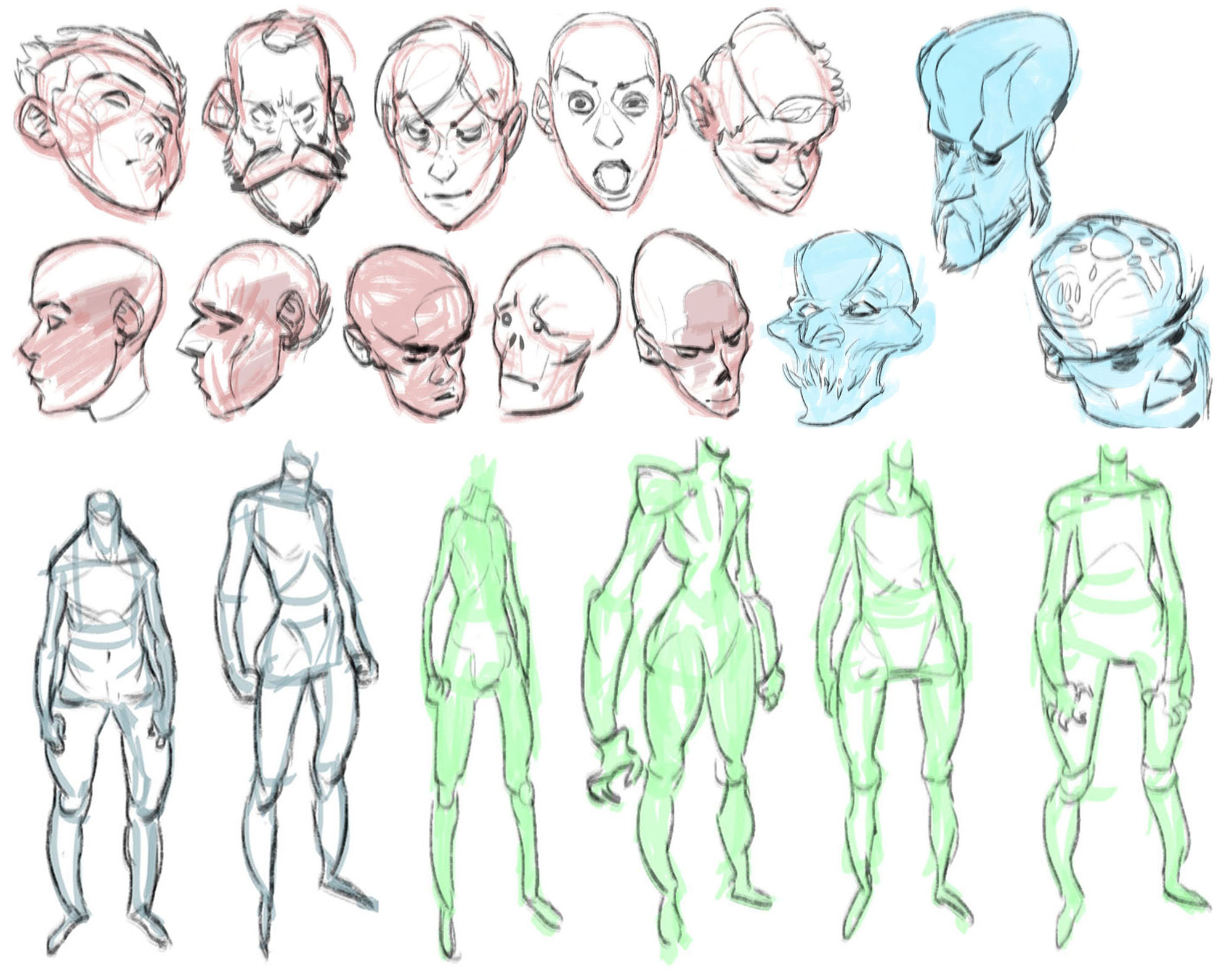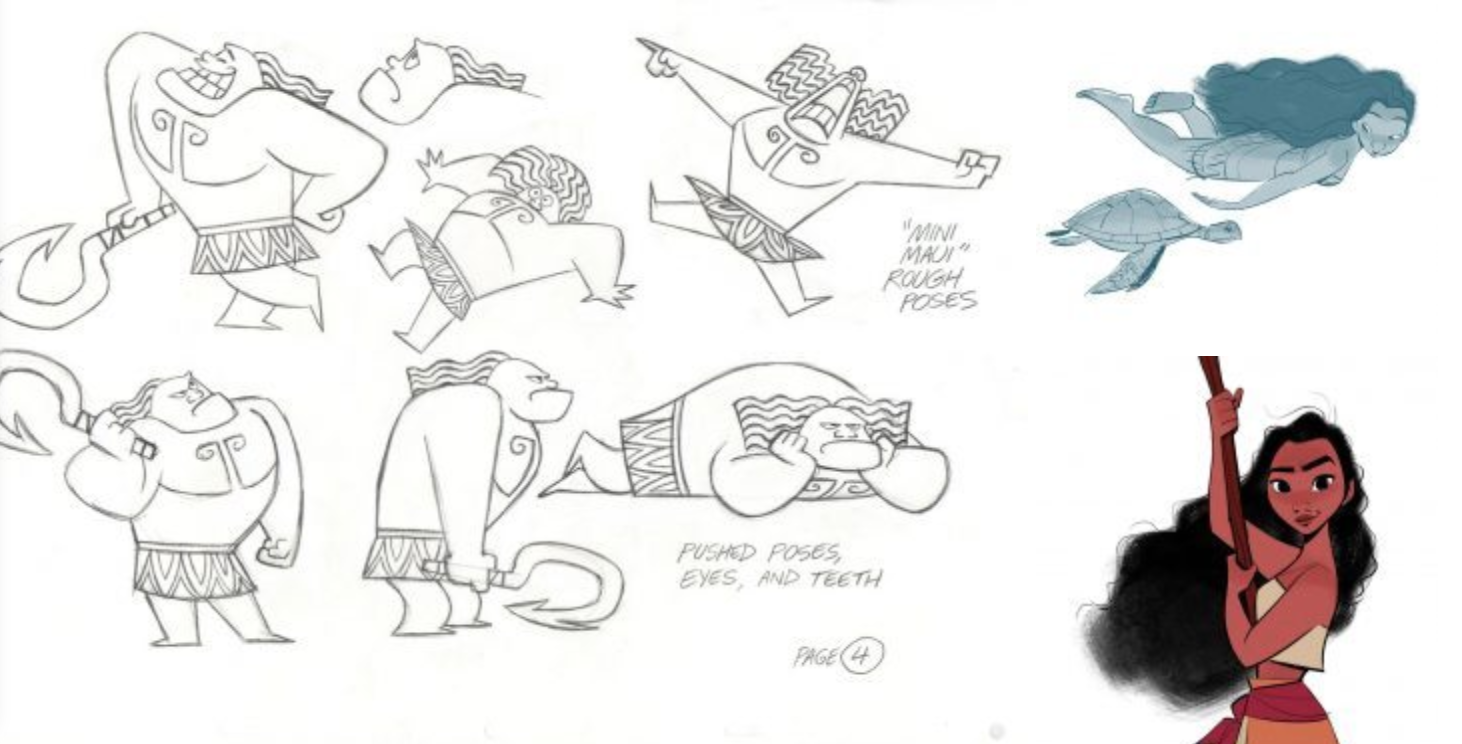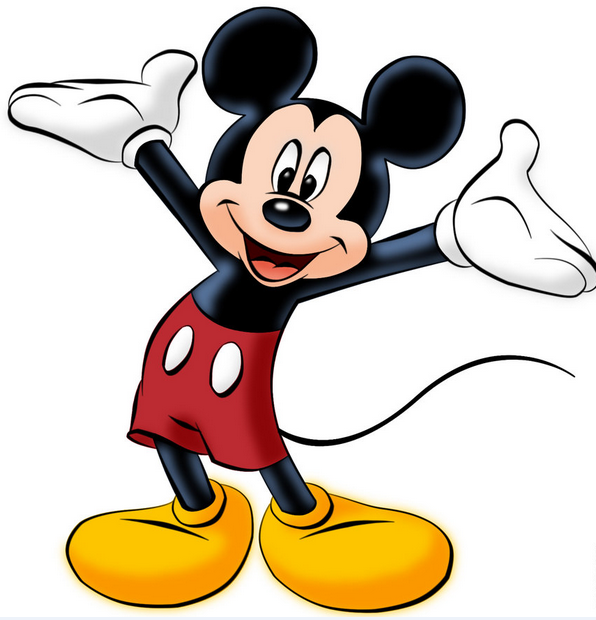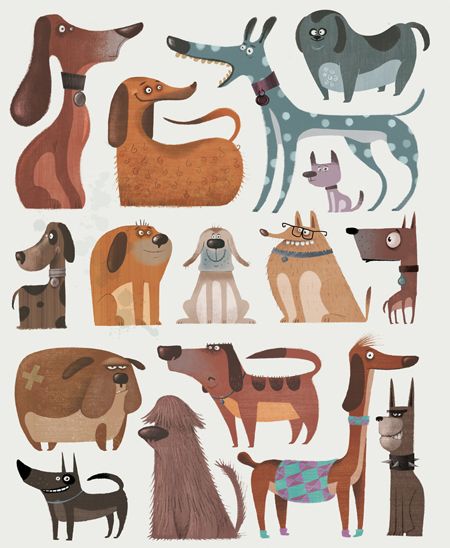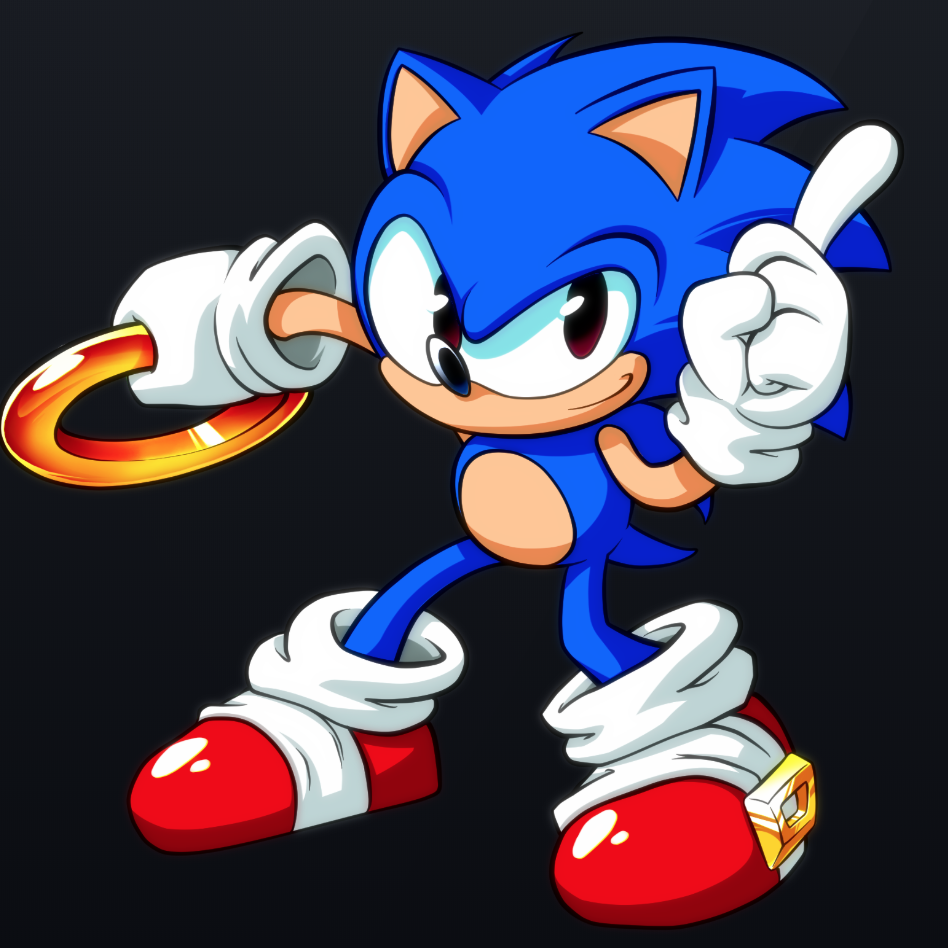ILLU351 Contextual Character Design
From publication to entertainment, illustrators envision and invigorate characters that inspire audiences and have a lasting
impact. Students learn to capture expression and essence of characters through experimentation with performance, shape,
motion and gesture. These defined characters become a unique expression of the student's personal aesthetic that can be
marketed to a range of industries.
Course Introduction
This course is designed to help artists develop a better understanding of character development through shape, personality and movement. Using a variety of techniques to create unique character concepts, artists will produce numerous character concepts for applications in film, game and publishing industries.
Using shape to create personality
This course emphasizes the importance of shape as a means to create personality and emotion in character design. From the simplest basic shape like squares and circles to more complex organic and geometric shapes, utilizing the characteristics of shape can produce dynamic and interesting character design
Telling a story
Developing strong and emotional characters is critical in visual storytelling. Each has it's own personality and attributes, and each has a story to tell. The most effective illustrations involves developed characters who have emotions, facial expression, and clothing, and attitude, and friends/family, and accessories.....All combine to create a character with a story!
Assignment One
‘25’
Use basic shapes to create 50 character designs. 25 heads/25 fully body. Moderately detailed sketches. Not too tight....yet! Can be digital or traditional. Must be scanned and placed in Dropbox folder before start of Class 2.
Assignment Two
2 Characters from Shapes
Take 2 of Assignment 1’s characters and refine the design through body expression/poses. Must have at least 6 poses per character. Examples: Running, jumping, sitting, crying, laughing, sighing. Moderately detailed sketches. Must be placed in Dropbox before the start of class. Can be digital or traditional
Assignment Three
Character Group
Students must design three characters for a sci-fi or fantasy series based on prompt. One male, hero/villain. One female hero/villain. One male/female child. Characters must be distinctly different shapes. • Must have refined line work - 'Inked' • 'Hero Pose' should be in Color • (3) Body Expressions should be gray values.
Assignment Four
Character Style Sheet
Students must take 2 of assignment 3’s designs and refine them based on critique. Must redraw and color updated design. Must create six facial expressions per character. Final design must be colored. Facial expressions must be inked. Must include inked turnaround (three poses, front/side/back) for one of the two characters.
Assignment Five
Reimagined Cartoon Characters
Students must choose a cartoon character. Research history of show and its target demographic. Then must create a unique dynamic character pose On Model. Must also draw and color a redesigned/reimagined version of main character from show. Must include turnaround. If student changes target demographic/age group during reimagining must explain why during critique. Regardless, design must be true to core concept of show and character can still be recognizable. Must show sketches.
Assignment Six
70 Animals
Create (70) ‘Unique’ Animal Character Designs. Drawings are not necessarily meant to be reality but must show unique personality
Real or Imagined - but must be recognizable.
Select (7) from these categories: Aves, Canine, Horses, Aquatic, Bovine, Reptiles, Feline, Rodents, Insects, Dinosaurs
Domestic or Wild!! Can include faces/heads and full body. Designs must vary in shape and size.
Each group/animal should be labeled. Consider a variety of mediums and styles. Recommend commercial applications.
Assignment Seven
Anthropomorphic Universe
Create a group of (3) or more anthropomorphic characters in a futuristic other-world universe.
Character should look as though they belong in a group…ie tribe or unit.
Characters must be from another place in the universe - concepts could include space suits and helmets to breathing devices.
Must include assets for each character ie. weapons, tools, communication...
May also include inanimate objects ie. robots, droids..
Consider Character Sheets and Descriptions
Assignment Eight
Your Story - A Comprehensive Original Character Group
Students must create their own characters for a narrative that could be translated into film/illustration/comics/books etc.
Must have a minimum of three characters. All characters must have turnarounds and one dynamic ‘pose’ per character (color) (12)
Must have one full color vehicle/inanimate object/robot (turnarounds are optional). (1)
Must have character line up sheet (color). All New Poses. (4)
Must have three facial expressions and three body expressions for each of the characters (Each can be a combination of line art and color). (18)
Narrative must include an environment/scene. (1)
Must include a minimum or (2) assets for each character. (6)
Must present idea to class (5-8 mins.) Final art MUST be digital! Total minimum number of pieces (42)
Due Dates
Sept 11 - Pre-Quarter - DUE - Share with class
Sept 16 - Assignment One - DUE - Must be placed in Dropbox before start of class.
Sept 18 - Assignment Two - DUE - Must be placed in Dropbox before start of class.
Sept 23 - Assignment Three - DUE - Must be placed in Dropbox before start of class.
Sept 30 - Assignment Four - DUE - Must be placed in Dropbox before start of class.
Oct 7 - Assignment Five - DUE - Must be placed in Dropbox before start of class.
Oct 21 - Assignment Six - DUE - Must be placed in Dropbox before start of class.
Oct 28 - Assignment Seven - DUE - Must be placed in Dropbox before start of class.
Nov 11 - Assignment Eight - DUE - Must be placed in Dropbox before start of class.
Nov 13 - Portfolio of Projects - DUE - UnGraded - Present to class.
Recommended Textbooks
Bancroft, T. (2006). Creating Characters with Personality. New York: Watson-Guptill. ISBN-13:978-0823023493.
Kevin Hedgpeth, Stephen Missal (2005). Exploring Character Design (Design Concepts): Thompson. ISBN-13:978-1401862961
Hultgren, K. (1993). The Art of Animal Drawing: Construction, Action Analysis, Caricature. New York: Dover. ISBN-13:978- 0486274263
Silver, Stephen (2017). The Silver Way: Techniques, Tips, and Tutorials for Effective Character Design.Design Studio Press. ISBN: 9781624650345
Archiving Your Work
Preparing each Final Illustration File.
Digital files (PDFs, animation stills, storyboards, comic panels, sequential art, etc.):
All native files, fonts and supporting links contained in a single folder
All final submission folders compressed as a zip file
All zipped folders named in a manner that includes the campus, year, quarter, program abbreviation, the student's first and last names, and the title of the artwork. This information also needs to be embedded in the metadata so Full file naming guidelines are attached.
CAMPUS_Quartercode_DEPT_FirstnameLastname_title
Sample: SAV_201910_ACCE_AidanBarrow_snapbelt (Quartercodes - Fall 10, Winter 20, Spring 30, Summer 40)
All images submitted as JPEGS at 300dpi, JPEG quality 12, Adobe RGB1998.
Images MUST include Meta Data
Disclaimer - All content on this page is protected by the artists who created the work. The purpose for showing their artwork on this page, is for educational purposes only. The owner of this site does not claim any artwork on this page as his own. All rights are protected and considered copyrighted. ©2019
Copyright - all images on this site are protected by artists copyright laws. No image may be copied or reproduced. For reference purposes only.

